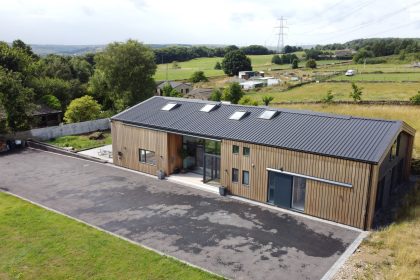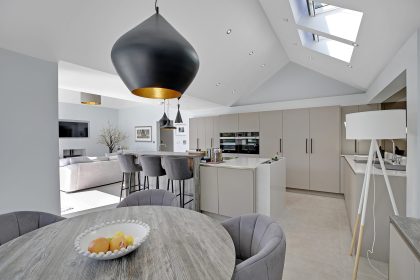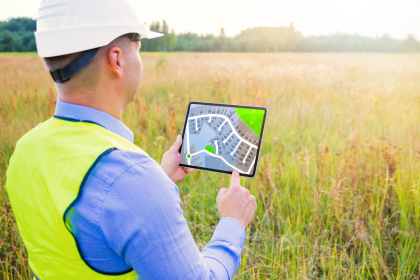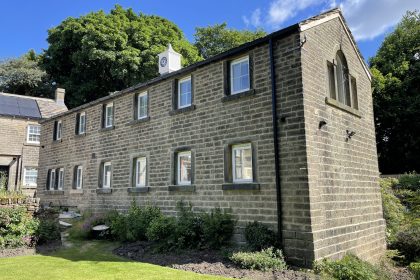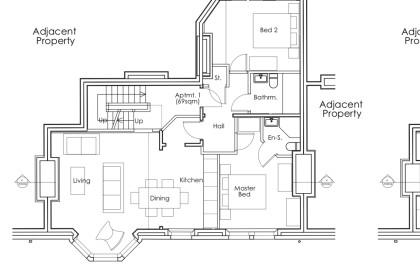They say there’s no such thing as originality, every idea is appropriated from a previous idea, and that from an idea before, ad infinitum. True originality is a utopian dream, only found from the ignorance of a previous work. This is true, not only for architecture, but every creative discipline.
So how do we progress from the old to the new? We think of architecture as a living and malleable entity, influences can be traced back and back, showing a lineage of its design.
Take, for example, New York’s city hall, the large columns holding up the first floor balcony outside the front dramatically reflect Athenian ruins. This, however, isn’t simply aesthetics, but the communication of the columns is also brought through the ages, echoing the powerful empirical voice of majesty and authority.
The real threat is not moving forwards in design, recycling old creations is partially inevitable but advancement is essential for progression and avoiding stagnation. Architecture is less about zoning and maths that anyone would care to admit, it’s about emotional connection and communication that will reverberate throughout individuals and communities for as long as that building exists.
Architecture works on the basis of a pendulum; one one side of the swing, architects push for innovation, new technologies and new solutions for the way we live today. When pushed too far, you end up with designs that are so avant garde that they alienate the consumer with no familiarity or foundation in the real world. So the pendulum swings back, back to the symbols that are known and loved and so familiar, and all progression is lost.
What seems to be happening now is a bizarre splicing of styles where new, futuristic design is stapled onto classic buildings, which looks both unnatural and mismatched.
What we’d like to see is a merge of classical and innovative design, where the boundaries of both are so blended that there’s no distinctive line between. For instance, we could be looking at skyscrapers which are traditional in their dimensions (fulfilling their original roles) with the intention of meeting the requirements of the modern age. For example, this could be through sustainable design and a contained system of meeting the needs of the occupants. Perhaps even through redesigning the internal space to allow for a more spacious design whilst still considering the ever rising populations of urbanised areas.
With the availability of design software to the average person, an increased awareness of societal requirements, and the increase of the consumer driven industry, we believe that we’re on the brink of an architectural revolution that will shape the face of humanity forever.
Image source: www.pixabay.com

